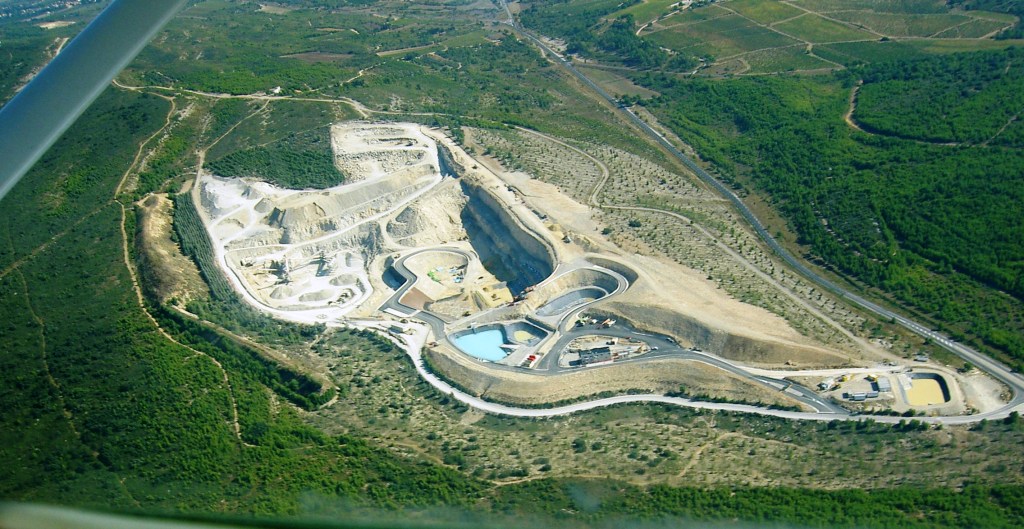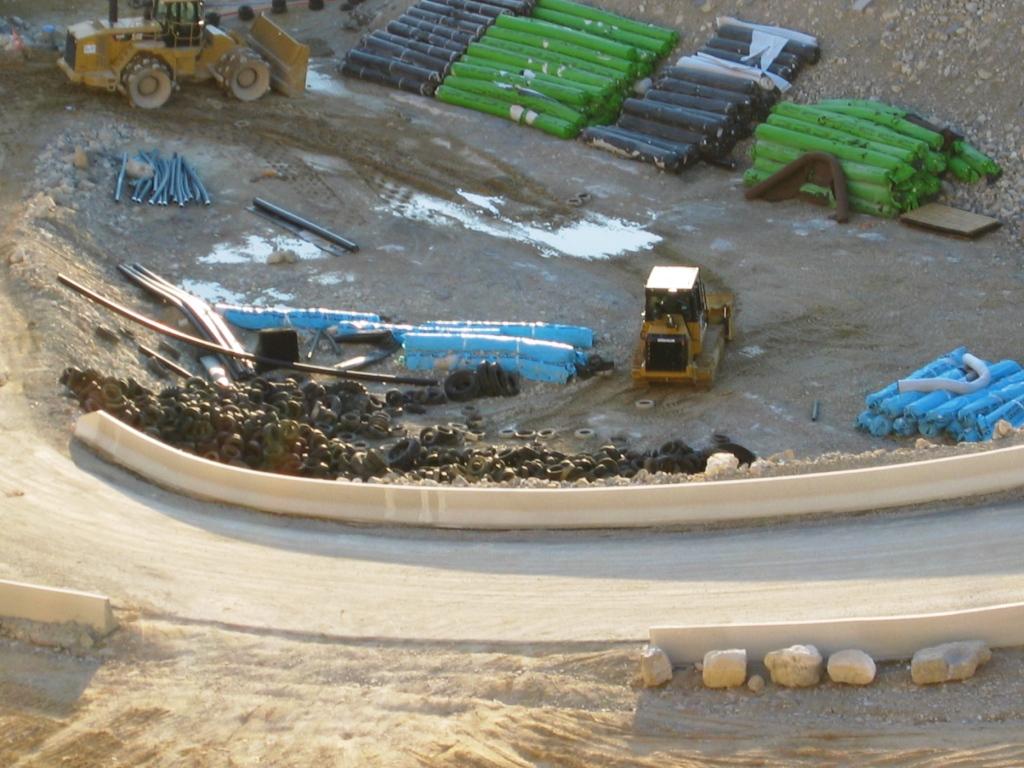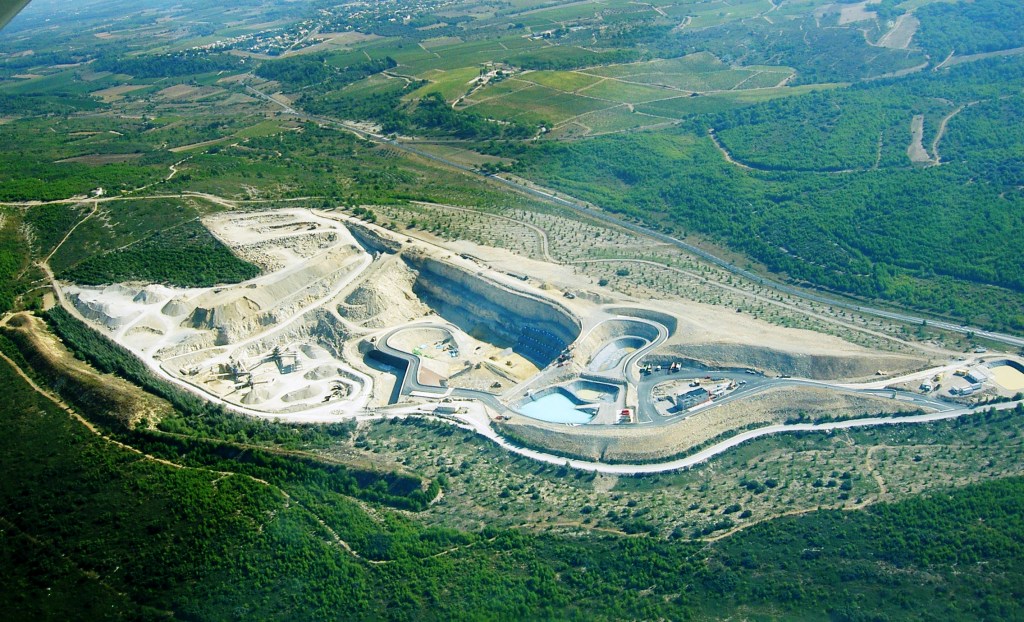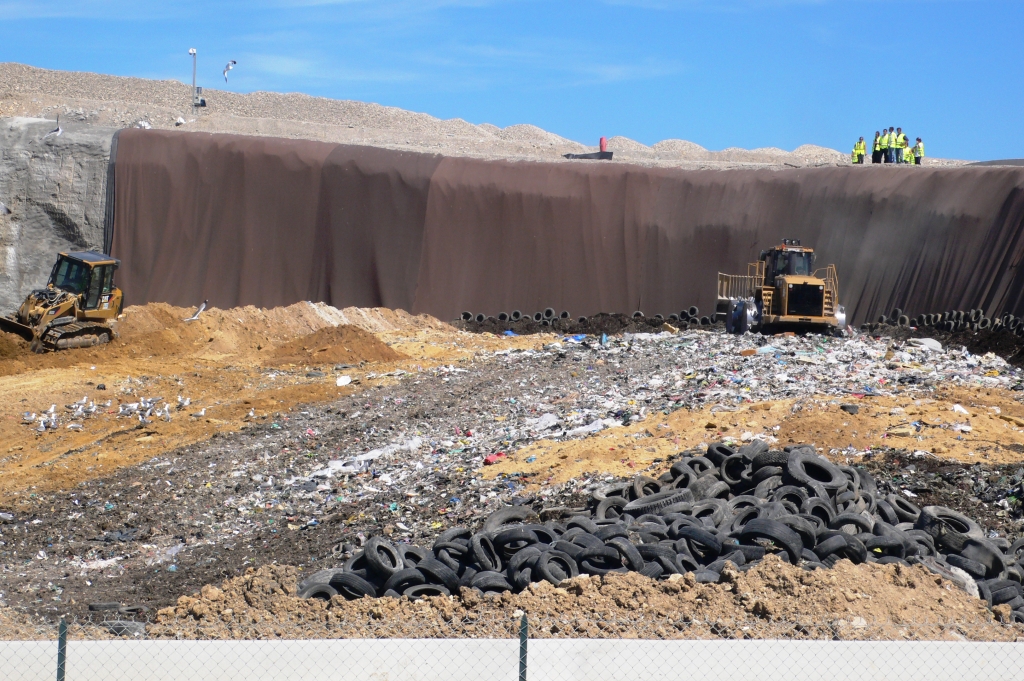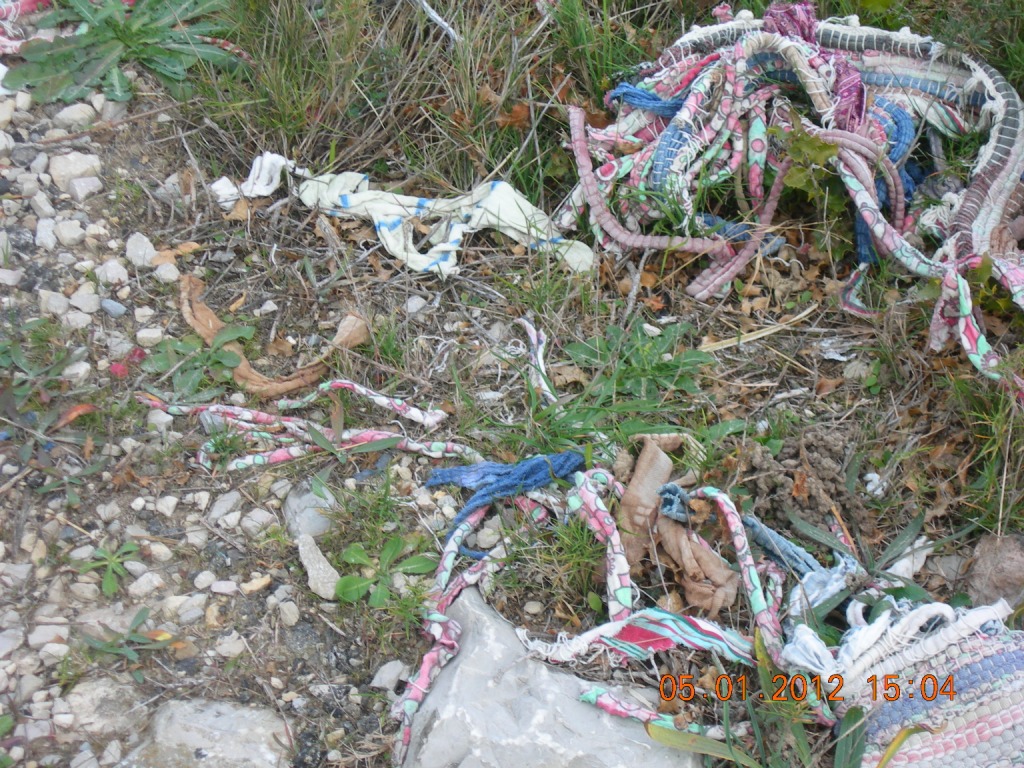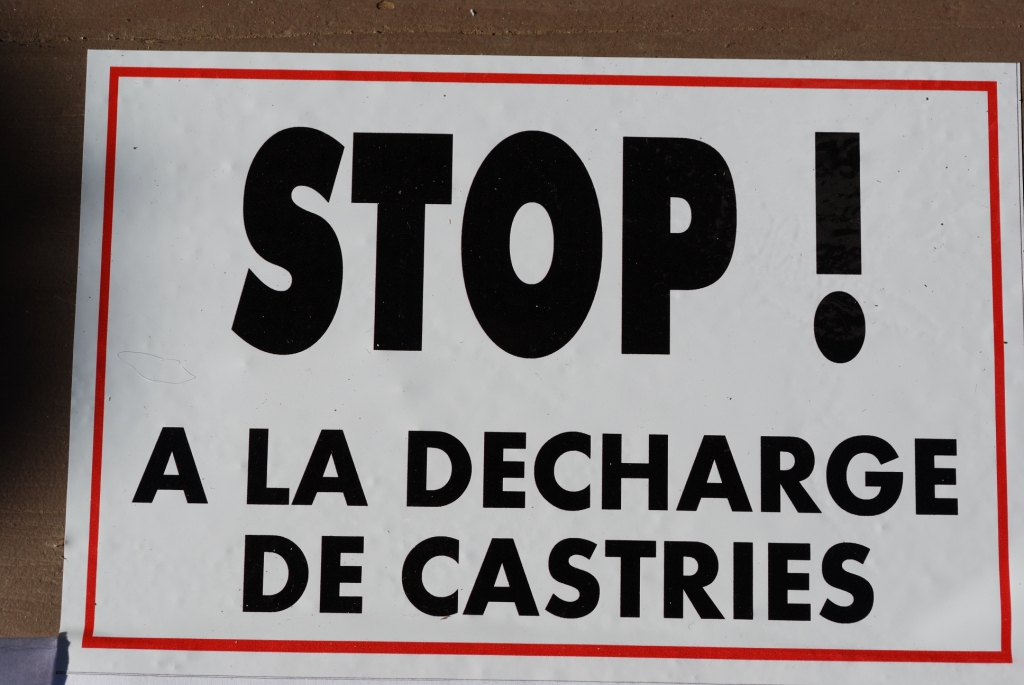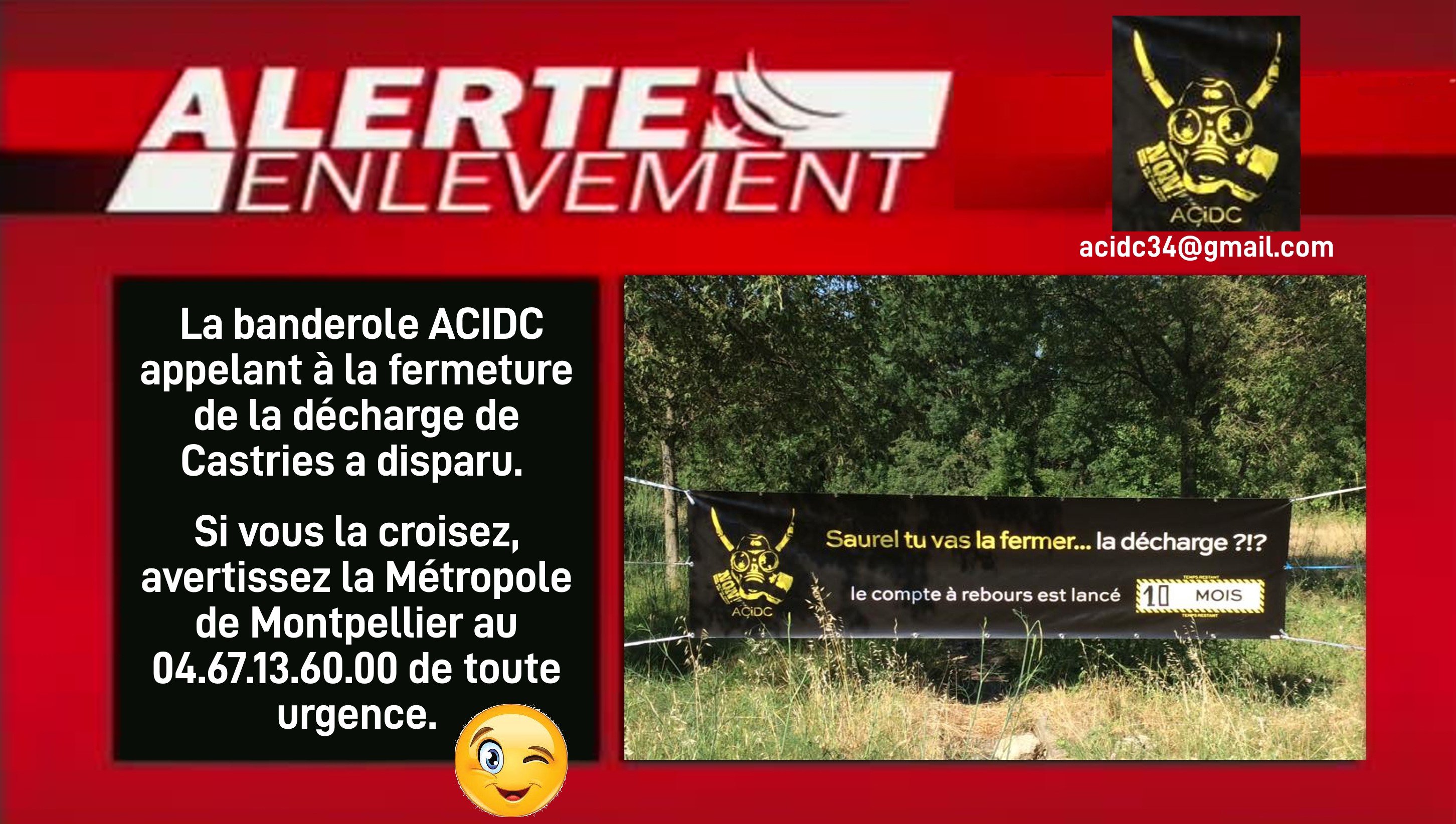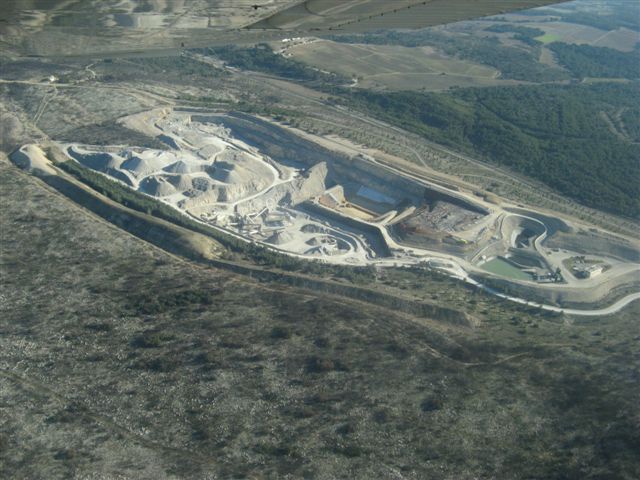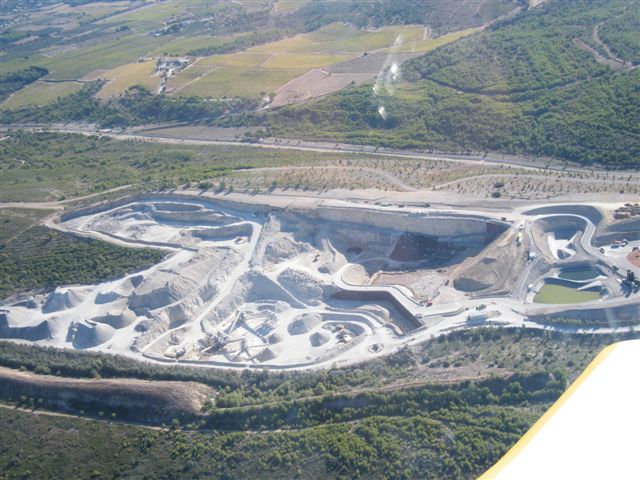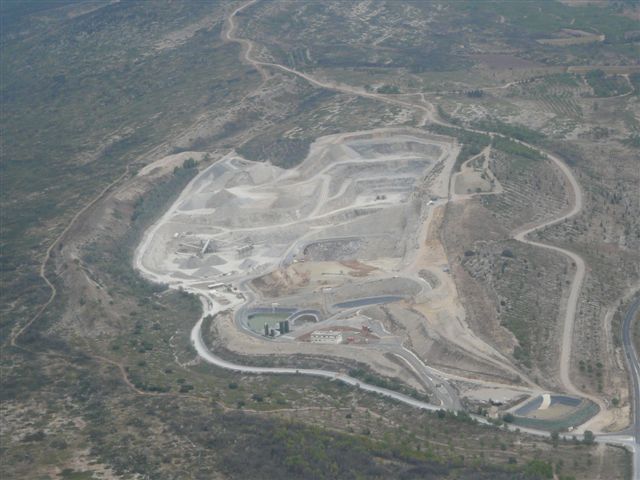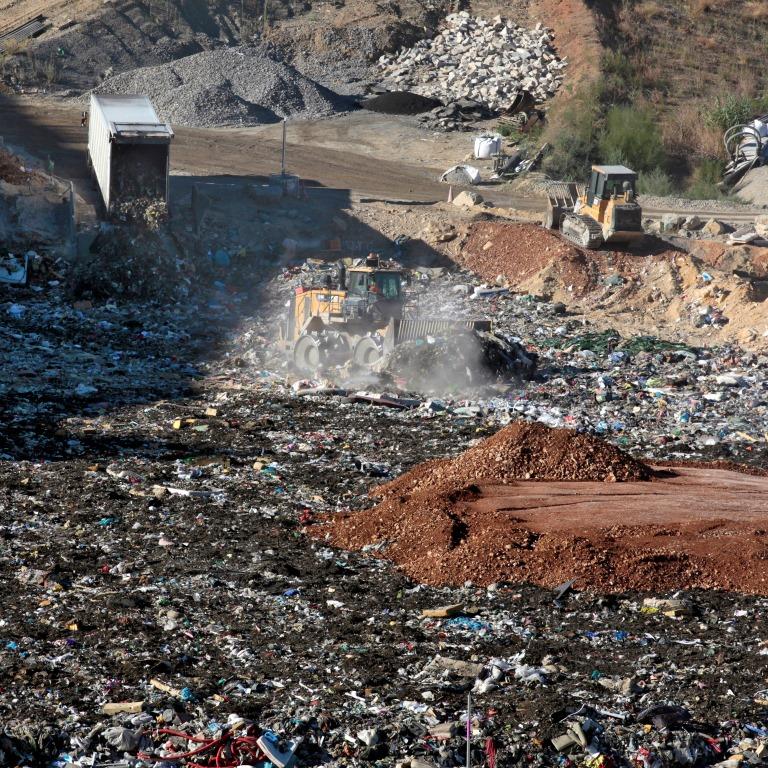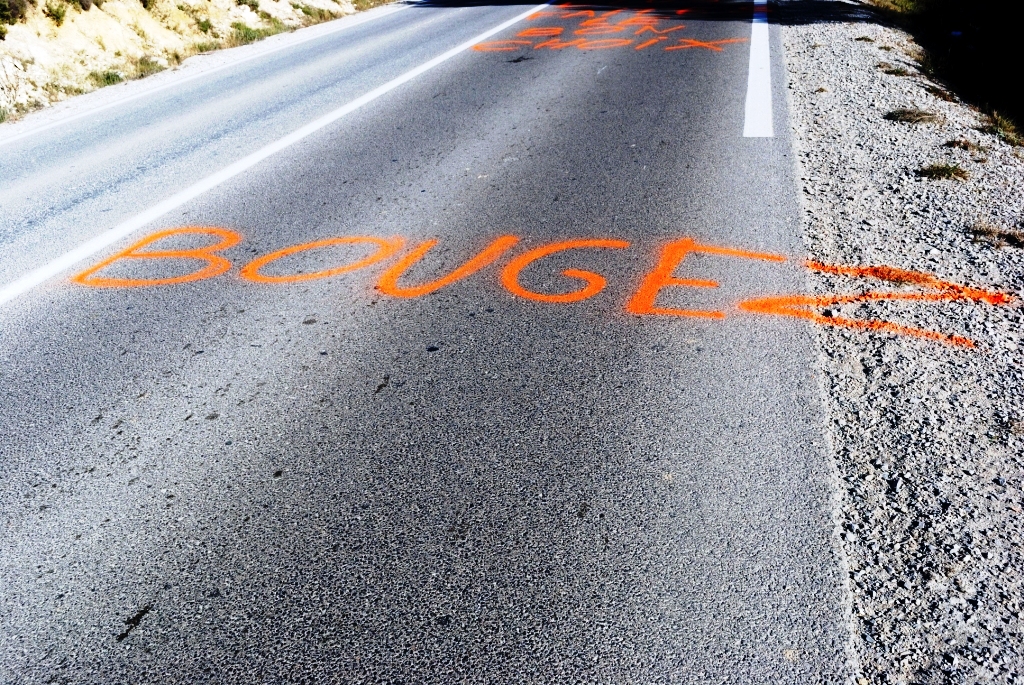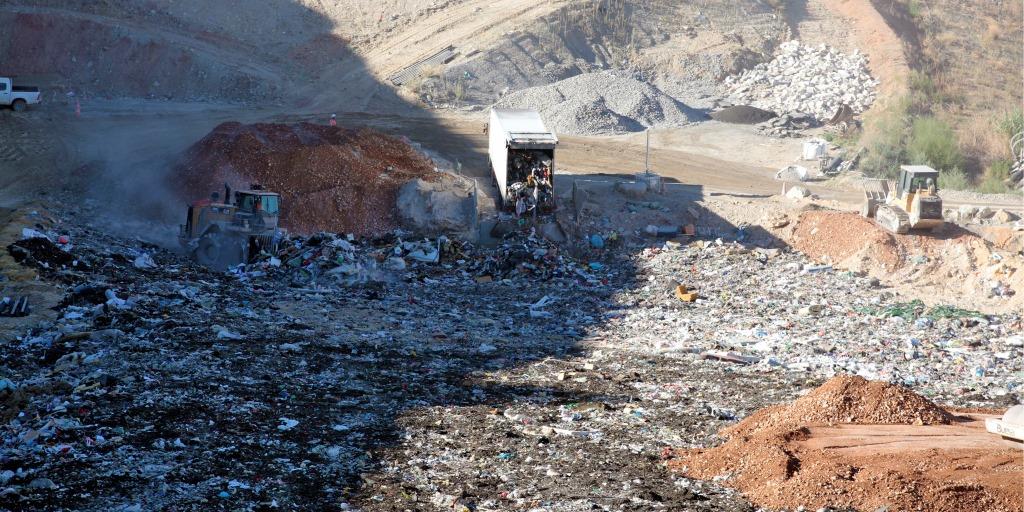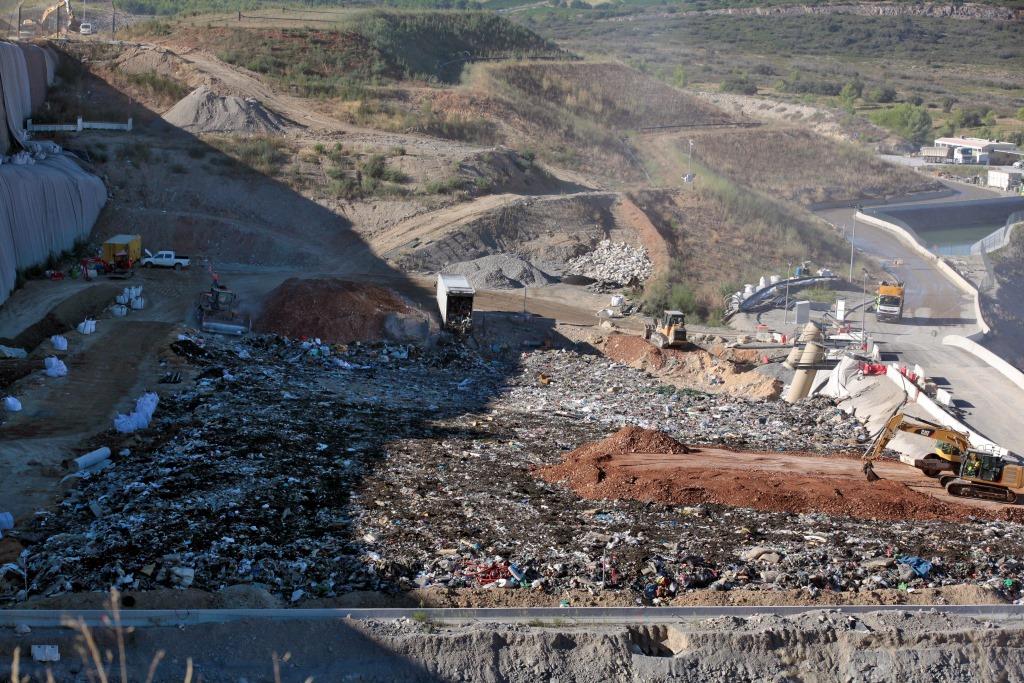Does the PDF icon render pictures and special characters?
- Détails
- Catégorie : Languages
- Affichages : 1001
I installed with my own language, but the Back-end is still in English
- Détails
- Catégorie : Languages
- Affichages : 1170
A lot of different languages are available for the Back-end, but by default this language may not be installed. If you want a translated Back-end, get your language pack and install it using the Extension Installer. After this, go to the Extensions Menu, select Language Manager and make your language the default one. Your Back-end will be translated immediately.
Users who have access rights to the Back-end may choose the language they prefer in their Personal Details parameters. This is of also true for the Front-end language.
A good place to find where to download your languages and localised versions of Joomla! is Translations for Joomla! on JED.
What languages are supported by Joomla! 1.5?
- Détails
- Catégorie : Languages
- Affichages : 1136
By default the English language is installed for the Back and Front-ends. You can download additional language files from the Joomla!Extensions Directory.
What is the purpose of the collation selection in the installation screen?
- Détails
- Catégorie : Languages
- Affichages : 944
How do I localise Joomla! to my language?
- Détails
- Catégorie : Languages
- Affichages : 1825
General
In Joomla! 1.5 all User interfaces can be localised. This includes the installation, the Back-end Control Panel and the Front-end Site.
The core release of Joomla! 1.5 is shipped with multiple language choices in the installation but, other than English (the default), languages for the Site and Administration interfaces need to be added after installation. Links to such language packs exist below.


